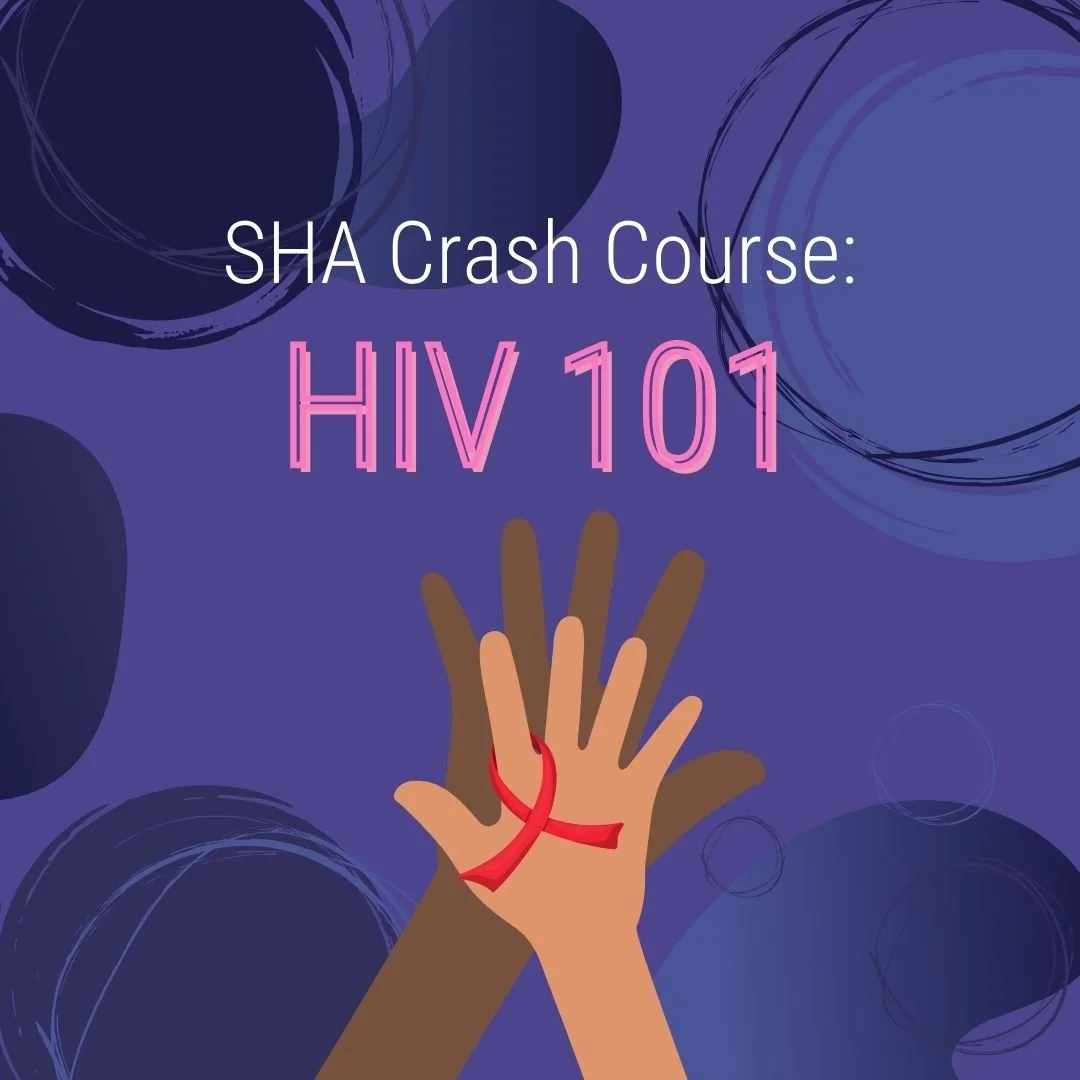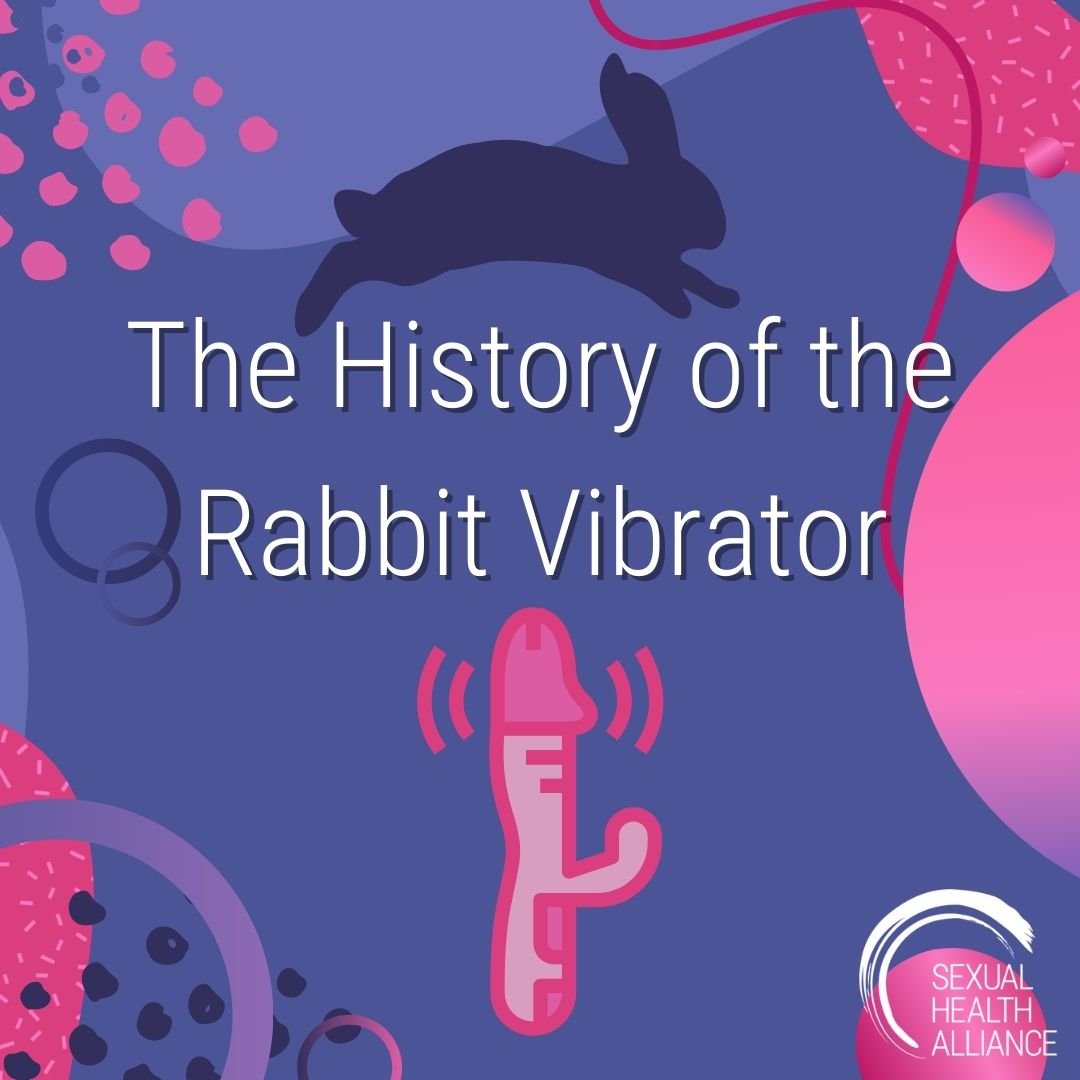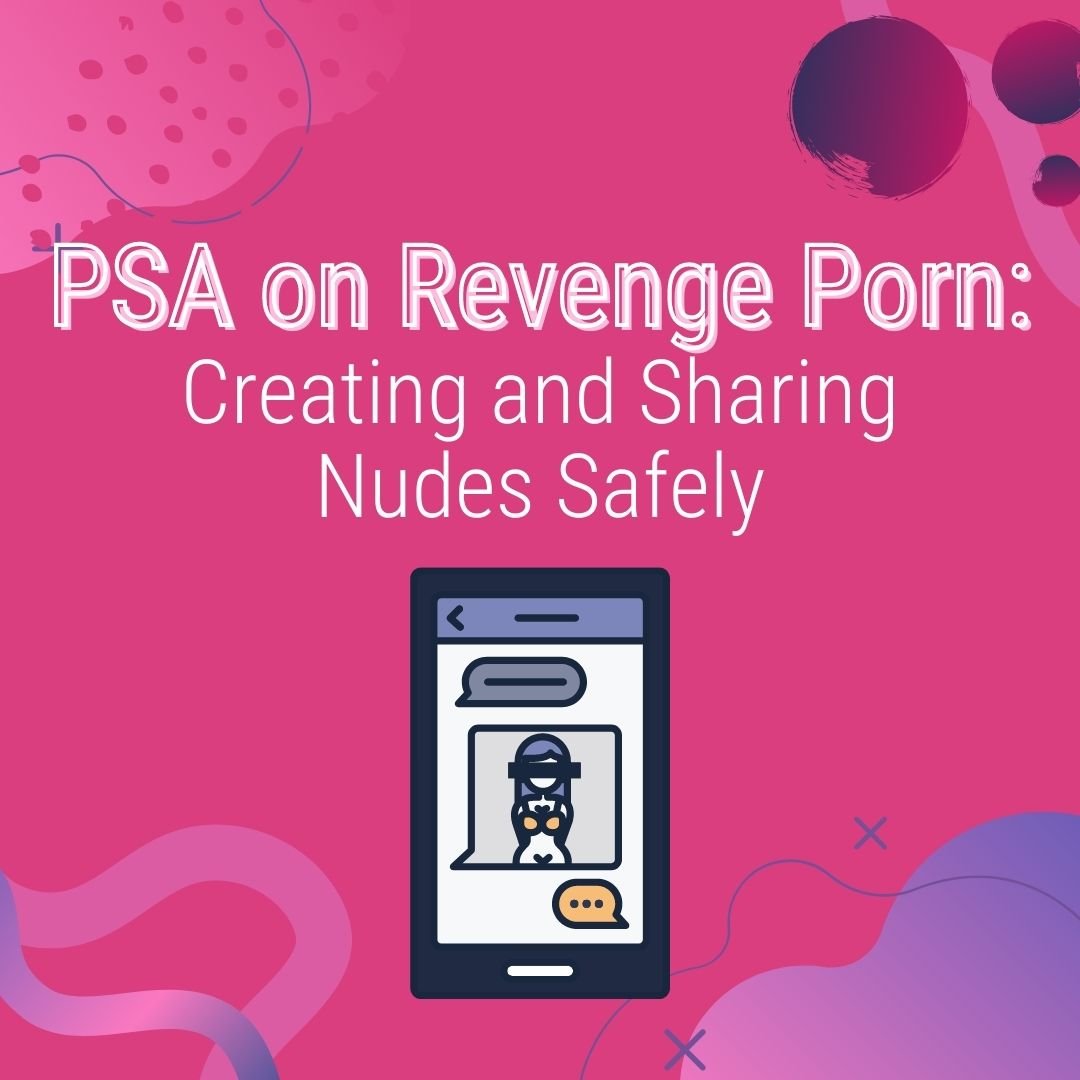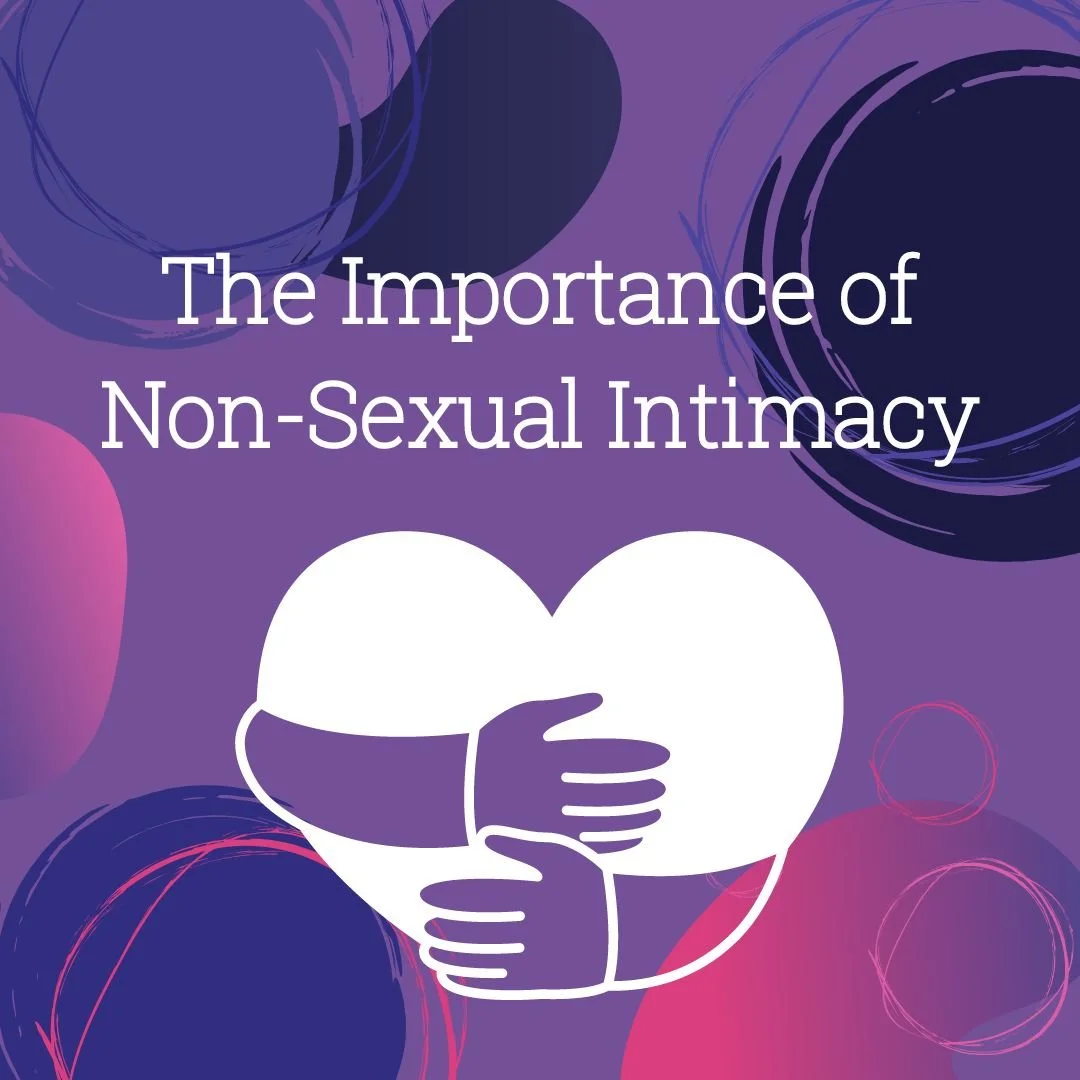“Shadow banning” is likely a term you have heard or used online without really knowing much about it. As the name suggests, shadow banning thrives outside of the light of public knowledge and institutional acknowledgment. The term is more often named by social media users rather than the social media companies, who tend to underplay its algorithmic role or completely deny its existence altogether. After social media creators noticed decreased engagement on their more risqué posts, users began speculating whether the sites themselves had something to do with the trend. Thus, shadow ban was coined. Shadow banning refers to social media posts or accounts being hidden from the Explore (or similar) pages, posts or accounts being more difficult to search for, and posts or accounts being indicative of more critical moderation, which might later result in post removal or account blocking. But, because institutions refuse to validate these trends, much of the knowledge on shadow banning surrounds user perception, qualitative study, and the sites’ “vaguely inappropriate content” policies. As this particular content does not outright go against the Community Guidelines, it cannot be removed at this point.
SHA Crash Course: HIV 101
HIV, or human immunodeficiency virus, is a virus that infects the body and, when left untreated, can develop into AIDS, or acquired immunodeficiency syndrome. HIV is spread through bodily fluids—including blood, semen, rectal and vaginal fluids, and breast milk, which enter the thin membrane or open skin of another person. Transmission can occur through sex, most commonly anal sex, but also through vaginal and oral sex. You can also get or spread HIV through sharing needles with another person, most commonly to inject drugs. On occasion, mothers can unknowingly spread HIV to their children during pregnancy and birth. There is currently no cure for HIV or AIDS, but there are medications that can decrease the transmission rates of HIV and help manage symptoms to live.
Pre-exposure prophylaxis, or PrEP, is a medication that decreases your likelihood of contracting HIV, even if you are in transmission contact with an HIV-positive person. According to the CDC, PrEP, if taken correctly, is 99% effective for sex and 74% effective for injections. Combining PrEP with other measures like barrier contraception and hygienic practices is the best way to ensure your protection from transmission. Currently, there are two approved pill forms of the drug and one shot; consult your doctor about which of these methods is best for you and your lifestyle. Most medical insurance plans including Medicaid will fully cover PrEP, but for anyone without insurance, there are programs available.
Building an Online Presence Around Obstructive Censorship Rules
As we have seen with many Supreme Court decisions, especially recently, the notion that nine legal professionals have the ability to dictate what others can do with their bodies and protected freedoms is not always what it seems. The Potter Stewart test refers to a Supreme Court opinion that classified hard-core porn as “hard to describe” but “I know it when I see it.” This very definition indicates that what “should” be censored is incredibly subjective. Further, the distinctions between what constitutes artistic expression and pornography are almost indistinguishable. Nudity in art culture has also existed since Ancient Rome, but these figures are often praised instead of being seen as taboo, although this does vary based on location and governing body (i.e., religious power associations).
The intentions behind censorship policies and the reality of their functioning are thus wildly different. Censorship policies are intended to protect people, specifically children, from obscene content, but in reality, censorship policies can be sexist, racist, and discriminatory to sex workers and sexual education content. This points to the performance of policy within society; often the creation of the rule is much different than its implementation. Additionally, there becomes a strict distinction between the public and private spheres. This binary is complex because, while you can generally access social media platforms from anywhere including the comfort of your own home, your created content is then accessible to large networks of people. Therefore, digital surveillance and rights to privacy rely on each other, potentially in a detrimental way, in the modern-day creation of online presence.
Bums, Boobs, and Suspenders: The History of Lingerie
A quick google search and use of the Cambridge English Dictionary defines lingerie as being “women’s underwear.” However, when scrolling down the page and seeing an insert from the American Dictionary, lingerie is now defined as “women’s underwear or clothing worn in bed.” The American Heritage Dictionary takes this further with its elaboration on lingerie: “women’s undergarments or sleepwear, especially when designed to be visually or sexually alluring.” When the definitions alone seem contradictory and unclear, online retailers have only added to the confusion. Some online retailers have one category for simple bras and briefs, and a different section for lingerie. In other cases, everything is thrown together. Sometimes bras and briefs do appear in the lingerie category, but it usually tends to be the fancy lace ones rather than anything simple and practical. Estelle Pulestone, lingerie fashion blogger, discusses that this inconsistent advertisement is extremely confusing for customers. She notes, “some people will tell you that underwear is the basic stuff, and lingerie is for the boudoir. But what is one person’s special occasion set to someone else’s everyday one, so who are brands to tell us which bras are stylish or sexy and which aren’t.” This idea that only pretty or lacy undergarments can be considered ‘lingerie’ can stem from the word originating in France, “a place that’s been long associated with beautiful laces and fashion” states Pulestone. With its close association to sex, advertisements for lingerie seems to suggest that only pretty underwear is acceptable in the bedroom. This is entirely false. All underwear can be lingerie, and you can feel sexy in any underwear, whether that’s some new floral briefs, or a beige nursing bra.
Even More Books to Match the Summer’s Heat
For SHA’s second dive into the erotica pool, we are looking at a diversity of works released in the past few years that have made a splash with readers. (Hang in there – the summer puns end here.) These romance novels are as entertaining as they are sexy, making them a perfect beach or bedside read this summer. From all-out roleplay fantasy to pages full of sexual tension, there’s something for all readers, even those who are new to erotica and romance books.
Gummy Bears, Tortilla Chips, and Chocolate Ice Cream: A Discussion on Period Cravings
Hormones are the primary cause for the reason you have a hankering for Ben & Jerry’s Phish Food ice cream (totally not based on actual personal cravings). A 2016 study revealed that the changes in levels of estrogen and progesterone result in cravings for high-carb and/or sweet foods before your period begins. Whilst hormones play the more prominent role in these sudden cravings, it has also been shown that eating these sweet treats, and honoring your cravings, can help you to combat the not so pleasant premenstrual stage of your cycle. Consuming starchy and sweet foods results in a release of serotonin, and in turn, a feeling of happiness. This can feel especially good when experiencing the hell that is premenstrual syndrome. It is common to experience these food cravings, compulsive eating and strong food cravings before a period can be a sign of premenstrual dysphoric disorder (PMDD). Further signs of PMDD include: forgetfulness, paranoid, panic attacks, crying spells, back pain, and heart palpitations.
Having these cravings does not necessarily mean that you are pregnant. While it is true that cravings and hunger are a common symptom of pregnancy, so are aversions to certain foods. You may have previously loved spaghetti carbonara, but now even the sight of it puts you off. Food aversions are very common in pregnancy, but usually not in the premenstrual stage. Furthermore, there are other symptoms of pregnancy that will appear significantly before you start getting cravings, such as missed periods, nausea/morning sickness, and a change to your nipples. Cravings related to your period typically start around 7 to 10 days before your period starts, this is usually accompanied with other PMS symptoms such as: mood swings, tender breasts, and the lovely period poops (stinky but normal!). It is crucial to listen to your body and its cravings. If it’s telling you to grab a double decker bar, you are allowed to do it! Whilst overindulging on the daily is not recommended due to the lack of nutritional value, you are still allowed to eat more or eat differently to what you normally do. Unfortunately, a lot of the foods that are a period cravings tend to result in your body feeling worse.
Keeping the Spirit of Pride... After Pride
With June in the rearview, it’s tempting for allies to move on with their summer and leave the spirit of pride with the month. For LGBTQ+ people, pride has never been confined to one month and the oppressions and journeys with identity that we face continue on. While there might not be any more parades to join this year, there are plenty of other ways to support your queer and trans friends and family as well as the community at large.
I want to start by sharing a note on what pride is and what it looked like this year in particular. Historically, pride was born out of a legacy of protest from LGBTQ+ people fighting for rights and representation, and notably queer and trans-BIPOC. Even though we most often see (and feel!) the spirit of “happy pride” and pride as a celebration of identity and life, pride does not exist without its history of oppression and resistance, of surviving and overcoming. From commercial pride parades to historic “gayborhoods” (like the Castro in San Francisco), the spirit of pride lives in the existence of queer and trans people and the communities they foster. Still, this idea of the celebration of identity is so important; it is a beacon of hope for so many, and a reminder for many more that they are not alone in the challenges they face.
In the money-centered world we live in, many profit off of the lives of LGBTQ+ people during pride month without paying respect to the history, culture, or needs of the community. Known as “Rainbow Capitalism” or “Pink Capitalism,” this scheme by major companies uses the signifiers of pride and the LGBTQ+ community (like the pride rainbow or the pink triangle) to market to and profit off of individuals. The exploitation of any marginalized group is harmful to their existence and historical legacy, but it’s not that simple. In my view, there are small benefits that come with this movement; many of these organizations donate to truly lifesaving nonprofits like the Trevor Project and GLSEN (although they can and should be donating more!). In a simple way, many people also find solace in material things that advocate for their identities and signify their place in the community. As trivial (and yes, capitalist) as it is, a silly rainbow candle or pride outfit can brighten one’s day. I’ll always advocate for shopping small and local (handmade goods are the best!), but it still brings me joy and a laugh to see a ridiculous shirt such as this one with so many different pronouns on it. After a thorough discussion with other queer people, we have unanimously decided that rainbow capitalism absolutely does not apply to pet merchandise.
Sexual Health Alliance Statement on the Decision to Overturn Roe v. Wade
It has been three weeks since the overturning of Roe v. Wade by the United States Supreme Court. Like many of you, the Sexual Health Alliance team was and still is shocked, confused, hurt, frustrated, scared, and angry as hell. After the initial ruling, we took time to ourselves to mourn and process the news, though, we admit, we are still processing and we will probably always be trying to process this horrific act of terror on bodily autonomy in our country. we knew this subject, and our reaction to it, would need to be handled with care–especially since your SHA team is comprised of well-educated white women, arguably the group who will always have access to abortions. Adding to the chaos that was that fateful Friday and the following weekend seemed futile to us. The news had spread, we were all made aware, and we were all in dread.
Now that some time has passed and our wounds have begun healing into scars, we must continue doing what SHA has always done: provide up-to-date, accurate, and celebratory sexual information. From the very beginning, we have and always will use our platform as a safe space for sharing resources, dialogue, and community.
The Shift From Body Positivity to Body Neutrality
The idea that you should “love yourself” has been preached for years. We are taught to “love” our bodies and be positive about them, talking negatively about ourselves is frowned upon and shamed. In the context of sex, we are taught that confidence in our bodies is key, that if we feel self-conscious, we will have “bad sex.” The body positivity movement, an unofficial social media campaign that bases on loving your body no matter what, had good intentions, it has slowly turned to something far less inclusive. This article will look at the origins of ‘body positivity,’ and the way it has become flawed as time has passed, as well as discuss the increasing conversations around body neutrality.
The body positivity movement is more commonly associated with the late 2010s and boom of social media thanks to the tagging of photos with #BodyPositivity on Instagram. Whilst it is true that body positivity was picked up in the late 2000s, it actually began in the 1960s. In New York City, the “Fat Acceptance Movement” had begun, with the fundamental concept to campaign for the normalization of bigger bodies in society. The previous founding of the National Association to Advance Fat Acceptance (NAAFA) also boosted this interest in “fat liberation.” NAAFA states that their central philosophy was to “change society, not ourselves.” Again, while this movement started off well, there were obvious flaws and acts of prejudice that we can still see today. NAAFA chair Tigress Osborn recalls that “many white activists believed that because Black communities and other communities of color seemed to be more accepting of fat people, that meant fat people of color simply didn’t need fat activity.” This is an entirely false notion which can still be seen today in the body positivity movement. Developments in the growth of media allowed for the spread of the body positivity movement, plus size models were now appearing on billboards in Times Square as well as campaigns appearing on social media such as Tess Holliday’s #EffYourBeautyStandards campaign in 2013.
The History of the Rabbit Vibrator
The majority of us probably spend little time considering the lives of our sex toys or how they came to be, however, after looking into the history of the Hitachi Magic Wand, it became clear that most popular sex toys have lived interesting lives, with histories that go beyond the need for self-pleasure. Arguably, after the magic wand, the rabbit vibrator is the most iconic vibrator. According to Cosmopolitan, “...the Rabbit vibrator is one of the few recognizable sex toys out there.” This sex toy was featured on Sex and The City, leading Charlotte into a masturbatory sexual awakening.! The rabbit vibrator is one of those sex toys that offer both clitoral and penetrative stimulation, making it a great toy to have in your arsenal. The vibrator is composed of “...an internal shaft for vaginal stimulation, and an external set of Rabbit-ears (though more modern design sometimes goes with a singular, wider, clitoral stimulator fin) that stimulate your clitoris.” There have been multiple different versions of the Rabbit but every model contains this sort of dual stimulation that allows for intense pleasure. Overall, this vibrator was revolutionary as it was the first dual stimulating vibrator that was on the market. The history of the Rabbit is one that involves obscenity laws, revolutionizing female pleasure, and normalizing female masturbation.
PSA on Revenge Porn: Creating and Sharing Nudes Safely
Sharing intimate media, sometimes called “sexting,” can be a special way to connect with other people, particularly one’s sexual partners, that is exclusive to the digital age. It is not always safe, though, and unfortunately can be manipulated by others with the speed and insecurity of the internet. Media shared with others or stolen off of personal devices can be distributed easily and quickly without the consent of the subject, which can lead to a number of personal damages including job insecurity, personal strife, and loss of family and friends. Nonconsensual pornography is defined as the sharing of sexually explicit content without the subject’s consent. This can take the form of photographs taken by the subject or of the subject, video recordings of the same nature, and hidden cameras, and is sometimes referred to as “revenge porn.” The center Love is Respect categorizes revenge porn as digital and sexual abuse, citing the manipulation and extortion that is exercised over another person.
The Importance of Non-Sexual Intimacy
Intimacy and bonding are essential for a healthy relationship. Furthermore, the act of touch significantly benefits both our health and happiness. Affection and physical contact boosts oxytocin levels, which boosts our happiness as well as enhances our bonding experiences. There are endless benefits to touch and non-sexual intimacy, this can be defined as any intimate act that is not sexual. You can curl up on the sofa with your friend to watch the latest episode of Stranger Things, engage in debate about the afterlife with a classmate, or vent about your stressful day at work to your sister. These acts of non-sexual intimacy are not restrained to being in a relationship. What is crucial is setting up boundaries and having clear consent before participating in non-seuxal intimacy. This could mean asking someone if the topic of debate is triggering for them, or making sure someone is comfortable with being held before you step forwards to hug them. Creating a safe and comfortable environment will increase the positive effects of non-sexual intimacy, allowing all involved to feel loved and engaged in the relationship.
Working Out for Better Sex
Recently out of a relationship, I am in the stage of “self-improvement” where I’m listening to baddie playlists (check out this one on Spotify), scrolling the dating apps, and hitting the gym. While walking on the treadmill– yes, walking– I found myself wondering how I could maximize this workout phase and prepare myself for the dating scene in my future. Here, the theme of “sex workouts” was born. There just had to be lists of exercises out there that could up my game in the bedroom. Turns out, I was right, and gym rats everywhere have been sharing their tips for strengthening your bedroom game.
Exercise, as we all know, has countless benefits. Framing it through a sexual performance lens, regular (and heart-pumping!) movement can greatly increase your stamina for longer sessions, targets muscle groups that aid in sexual performance, and produce hormones that deepen your eventual sexual gratification. Working out in general, especially cardio workouts that raise your heart rate, can increase your stamina and make you equipped to extend the length of your romp in the hay. “Lasting longer” isn’t just postponing the release of your orgasm; it’s preparing your body for the physical strength of active sex. I won’t pretend that longer sex equates to better sex, but winded, exhausted sex certainly doesn’t fall at the top of the sexual performance food chain.
More Sex Games to Try Next
No matter what your intimate life looks like, sex games can be an exciting way to switch up your routine and deepen your connection with your sexual partners. From card games designed to explore turn-ons and desires to complex board games that will be the centerpiece of a sexy game night, these products will put a spin on the typical “Spin the Bottle” games. This list supports women, queer, and BIPOC-owned brands designed to include diversity in identities and attractions.
An Alpha Uterus And Talking Pheromones: Does Menstrual Synchrony Actually Exist?
Period synching involves the idea that people who menstruate and spend a lot of time with each other, may find that their periods begin to start at the same time. A study conducted in 1999 revealed that 70% of participants have had personal experience with period synching. Many menstruating people will also attest to this, however, science and research does not (yet) seem to be able to back this. So what is the truth?
The idea of period synching (also known as menstrual synchrony) comes from a 1971 study by psychologist Martha McClintock. The research was based on studying a group of 135 women who lived in a college dorm. I must note that as is the case with most early studies, this collection of people–young women in college in the seventies–is exclusionary and underrepresenting of all peoples. Over the course of the study, it was found that period synchronization had increased among roommate and close friends, but not between random women who had not spent time together.
DIY Kink Items from Your Local Hardware Store!
If you’ve seen the film version of Fifty Shades of Grey, you’ll remember the main characters walking around a hardware store and suggestively picking out everyday items that could be used for BDSM. BDSM includes six main components: bondage and discipline, domination and submission, and sadism and masochism. The bondage component usually requires some outside tools to tie up or restrain one or more partners. In the film, Anastasia (played by Dakota Johnson) works at the store while Christian Grey (played by Jamie Dornan) asks for cable ties, masking tape, and rope, all while making searing eye contact. While this movie takes a considerably blunt heterosexual and slightly boring perspective on BDSM, queer women everywhere know that there’s nothing sexier than Dakota Johnson in a hardware store.
Visiting your local hardware store for kinky tools is actually really resourceful. There are a plethora of sex toy sites or sex shops that sell bondage and kink items, but it’s not always necessary to buy them from these places. Many of these items are essentially household objects, but with a flashy label and a huge price increase. Unless you’re supporting a queer- or BIPOC- owned small business like these, consider taking a do-it-yourself approach and pick up some staples from your local hardware or utility store.
The PCOS Journey
My entire life I’ve struggled with hormone imbalances. When I was 11, I remember my pediatrician running blood tests on me as a child and finding out that my testosterone and estrogen levels were abnormally high. However, at the time, they brushed it off and said it was probably because I would soon go through puberty. When I was 17, I went to the pediatrician again for intense cramping in my lower side; she ordered an ultrasound and it was discovered that I had cysts on my ovaries. She told me it was nothing to worry about and that they would go away. When I was 20, I went to the gynecologist with concerns about painful periods, weight gain, and excessive hair growth. She told me it was normal and that maybe I should try the birth control pill. I fought with her to prescribe me an ultrasound and hormone testing. My hormone levels were even more off-balanced than they were when I was 11 and my ovaries still had cysts. She told me that her only treatment option for me was birth control. I knew high testosterone and estrogen coupled with painful periods, excessive hair growth, and unexplained weight gain were not normal, but I had trouble finding a doctor who wouldn't brush off my concerns.
Finally, at 21 years old, I found a functional health doctor who understood and validated my concerns. He ran an extensive hormone analysis on me along with an organic acids test and the results were quite literally off of the charts. My testosterone and estrogen levels were sky high and I had an abnormal level of androgens in my blood. These test results coupled with my irregular periods, excessive hair growth, and ovarian cysts clearly spelled out one diagnosis: PCOS, or Polycystic Ovary Syndrome. Why had it taken me a decade to get diagnosed with a condition I had been suffering from since I hit puberty? Why is it so common for doctors to often brush off a woman’s concern regarding her health? These questions are ones that I ask myself daily, but they aren't the purpose of this blog post.
Stressed Sex: An Investigation of Burnout and Sex
The Coronavirus pandemic and subsequent switch to online working has seen a dramatic increase in the amount of people experiencing high levels of stress and burnout. Despite lockdown rules being relaxed and work returning to normal, burnout is still just as prevalent. Burnout can have a significant emotional and physical impact on the individual, the emotional exhaustion that stems from it and result in a shift in the way sex is percieved or prioritised. By taking on ideas from Emily Nagoski, PhD and Amelia Nagoski, DMA, book, Burnout: The Secret to Unlocking the Stress Cycle, this article will explore how burnout affects sex, and the ways to complete the stress and burnout cycle. Although this definition was originally only inclusive in the workplace, it has since been expanded to all situations. Just as your job can result in stress and burnout, parenting or taking care of a sick relative can result in burnout too. Emily and Amelia, twin sisters, note that in men burnout tends to manifest as depersonalization. For women, however, emotional exhaustion is the most prevalent sign of burnout. “Human giver syndrome” is a further reason why women are far more likely to experience emotional exhaustion and in turn, burnout. In a podcast on the effects of burnout in the perinatal/postpartum period, Emily defines “human giver syndrome” as being the “moral imperative for women to be calm and pretty and attentive to the needs of others at all times. Any attention to yourself is deemed as selfish. Your job is to give your body, and your time to others.” This is especially true in motherhood where the needs of others are expected to be a constant priority over the mothers personal needs.
"It's Magic!": The Hitachi Magic Wand
The Hitachi magic wand is one of the most iconic vibrators. The toy has been around since the ‘60s, and it was not always used as a sex toy; in fact, it was not initially created for that purpose. The Hitachi Magic Wand story first began when Japanese company Hitachi introduced their original personal massager to the American consumer market in 1968 as the 'Hitachi Magic Wand', also known as the 'Hitachi Massager'. It was a vibrator with an electrical power cord that was marketed as a ‘back massager’ that helped combat sore and aching muscles as well as provide all-over body relaxation. Over time, the Hitachi Magic Wand had morphed into a sleeker-looking, extremely sought-after product for women who would use it primarily for personal pleasure as a vibrator. It was touted as a must-have item by numerous well-known and influential sex therapists, recommended by them to women and couples wanting to improve their sex life.
The device most definitely helps to soothe more than just an achy back—the wand is a very functional clitoral vibrator and has been accredited with helping a lot of vulva-owners reach orgasm. Its discreet appearance as a household item is perhaps the reason for much of its early success amongst women-in-the-know, and the fact that it wasn't overly phallic freed it from perpetuating the belief that women needed a dick inside them to feel pleasure. Not only was it easier for women to buy (What if they really just wanted to soothe their sore necks?), but the type of orgasm the toy provided was solely about a woman's pleasure, not the penetrative sex that is unfortunately so often the expected and depicted in most popular culture examples.
“I Don’t Like My Partner Watching Porn”: Discussing Pornography Consumption With Your Partner
For successful and sexually healthy relationships, boundaries exist between partners and within the relationship. These boundaries, as is obvious, function in various forms and vary from person to person, couple to couple. couple. One of these One boundary many couples find themselves facing is the placement of pornography consumption by partners in the relationship. Due to the at-times controversial nature of pornography, this conversation you have with your partner on it may be awkward or difficult. Whilst some people are completely on board with watching pornography in a relationship, other’s are not as comfortable with this idea. Both opinions are valid in themselves, however, those who prefer not to have pornography exist in the confines of their relationship may have a difficult time expressing their feelings. A Bustle article explains that this is due to the way “we’ve somehow evolved into a society where an aversion to porn is something that makes you different and frankly, wrong.” Although watching and enjoying porn is a legitimate choice, the choice to avoid or be against pornography is equally as valid of a choice.
The ethics of watching porn outside of a relationship can be questioned, especially in terms of ‘feminist’ or ethical pornography, there are further debates that take place when porn is consumed within a relationship. “Watching and getting off to porn is a sex act. And when you’re in a relationship, one of the things you have to clearly define is what sex acts you are and aren’t comfortable with.” In a healthy sexual relationship, desires and limitations should be discussed. You may be excited by erotic asphyxiation, but if your partner isn’t, you wouldn’t and shouldn’t force them to partake in this and any act that they are uncomfortable with. Pornography is the same in the way it is a personal choice. You may not be comfortable partaking in wax play, even if your partner expresses they really enjoy it, you may feel uncomfortable with your partner using pornography as a masturbation aid. In terms of sexual boundaries, “what your partner does sexually—even when you’re not there—affects you, and affects the relationship.”
























